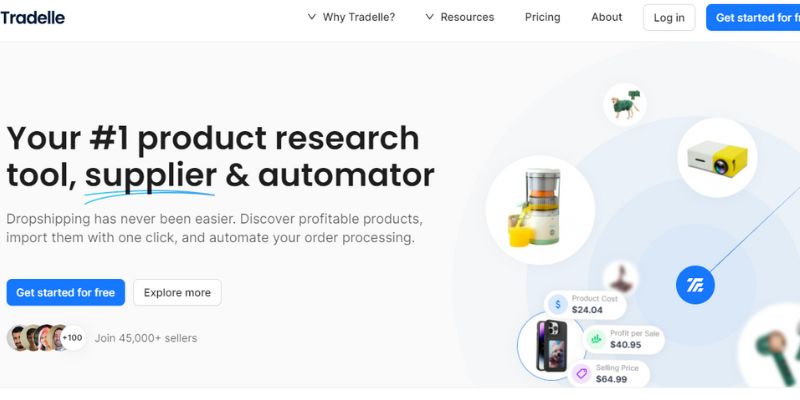In the ever-evolving world of e-commerce, dropshipping continues to be an attractive business model for aspiring entrepreneurs. As we progress through 2024 and into 2025, it’s crucial to understand the current state of dropshipping and what it takes to succeed in this competitive landscape.
Understanding Dropshipping
Dropshipping is a retail fulfillment method where a store doesn’t keep the products it sells in stock. Instead, when a store sells a product, it purchases the item from a third party and has it shipped directly to the customer. This means the merchant never sees or handles the product.
The Appeal of Dropshipping
- Low Startup Costs: You don’t need to invest in inventory upfront.
- Location Independence: Run your business from anywhere with internet access.
- Wide Product Selection: Offer a variety of products without warehousing concerns.
- Scalability: Easily scale your business as demand grows.
Key Challenges in 2024
- Increased Competition: With low barriers to entry, the market is saturated.
- Thin Profit Margins: Price wars can lead to reduced profitability.
- Quality Control Issues: Limited control over product quality and shipping times.
- Platform Dependence: Reliance on third-party platforms and suppliers.
Getting Started with Dropshipping
1. Choose Your Niche
Selecting the right niche is crucial. Look for products with steady demand and low competition. Conduct thorough market research to identify gaps in the market or emerging trends.
2. Find Reliable Suppliers
Your success heavily depends on your suppliers. Look for those with a track record of reliability, quality products, and efficient shipping. For those struggling with product research, a tool like Tradelle can be a perfect solution for identifying trending products and reliable suppliers, as it analyzes data from millions of products and thousands of stores to pinpoint high-potential items.
3. Set Up Your Online Store
Choose an e-commerce platform that suits your needs. Popular options include Shopify, WooCommerce, and BigCommerce. Ensure your store is user-friendly, mobile-responsive, and optimized for conversions.
4. Develop a Marketing Strategy
In 2024, a multi-channel approach is essential. Utilize social media marketing, content marketing, email campaigns, and paid advertising to reach your target audience.
5. Focus on Customer Service
Excellent customer service can set you apart from competitors. Be transparent about shipping times, respond promptly to inquiries, and handle issues professionally.
6. Continuously Optimize and Adapt
The e-commerce landscape is always changing. Stay informed about industry trends, regularly analyze your performance, and be willing to pivot when necessary.
7. Leverage Data and Analytics
Use data to make informed decisions about product selection, pricing, and marketing strategies. Tools that provide comprehensive market analysis can be invaluable in this regard.
Overcoming Common Pitfalls
One of the biggest challenges in dropshipping is finding products that are both in demand and not oversaturated in the market. Many dropshippers struggle with hours of manual research, often leading to poor product choices. Utilizing advanced product research tools can significantly streamline this process. For instance, Tradelle offers a sophisticated solution for product discovery, analyzing millions of data points to identify items with high profit potential, which can be a game-changer for dropshippers looking to stay ahead of trends and competition.
The Future of Dropshipping
As we look towards the future, successful dropshipping businesses will likely be those that can adapt to changing consumer behaviors, leverage technology effectively, and provide value beyond just products. Personalization, sustainability, and unique brand experiences are becoming increasingly important to consumers.


